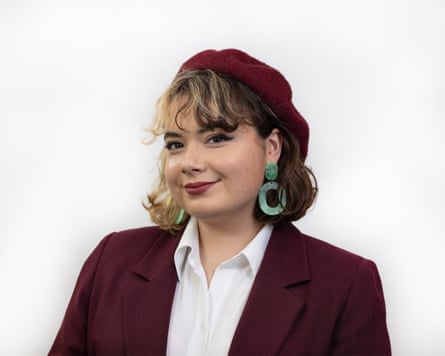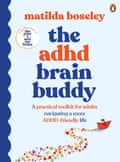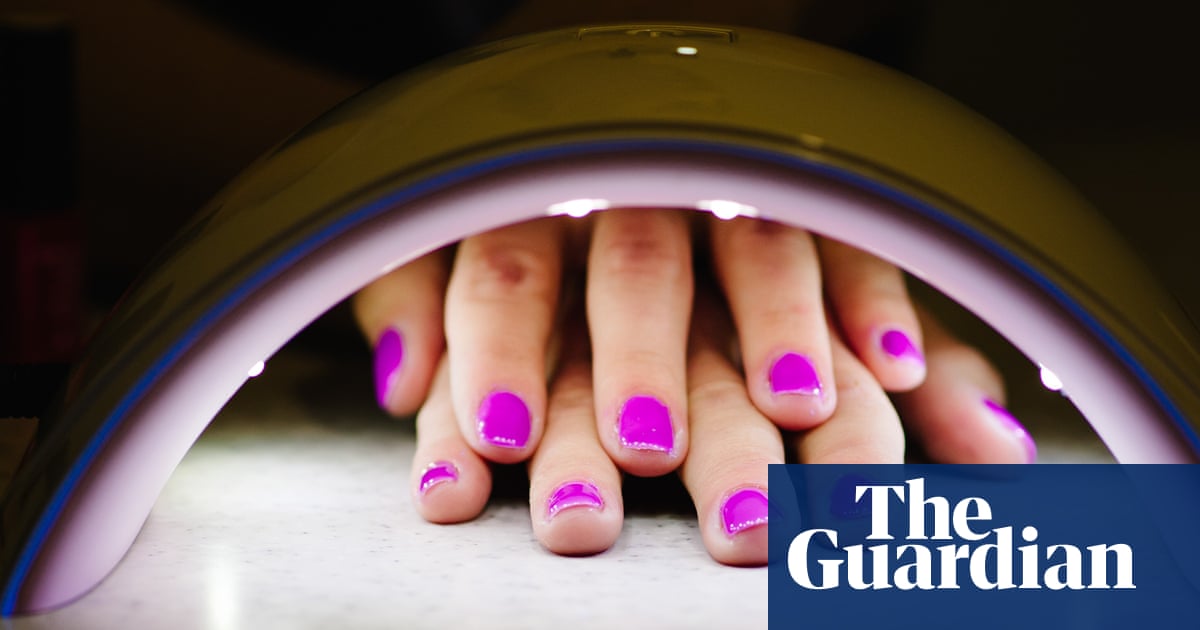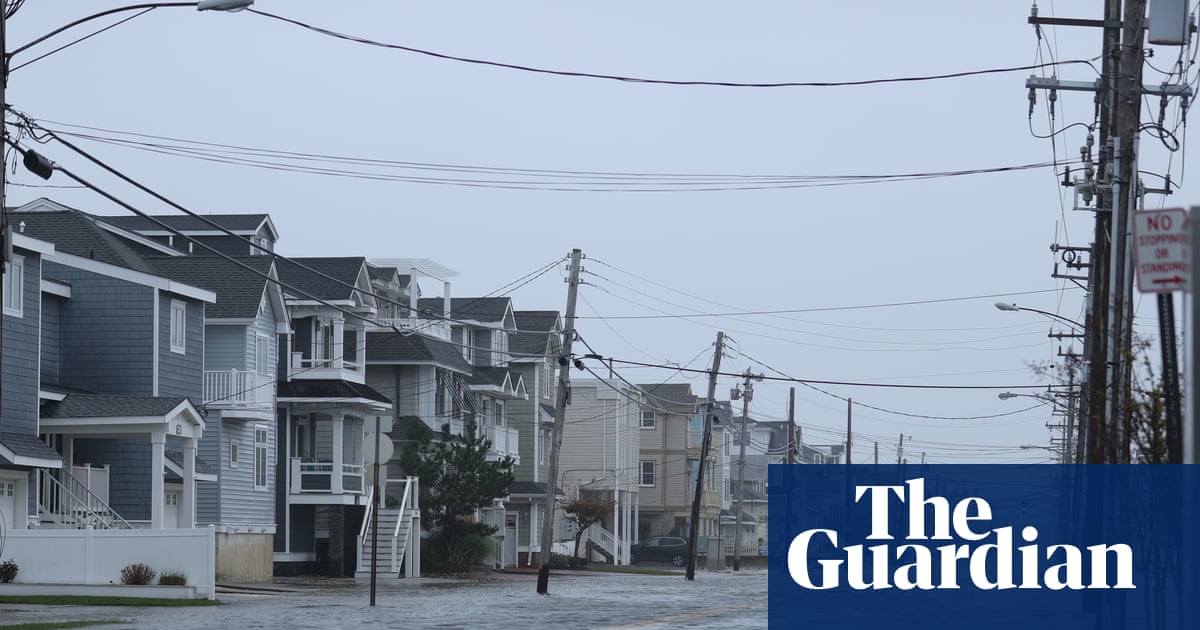I’ve spent a lot of this year trying to perfect the art of leaving the house.
This might sound like an odd mission until you’ve seen me spend 25 minutes getting distracted while looking for my wallet and sunnies, doubling back to grab my laptop, tripling back for my work pass, missing my train, arriving at my destination with 1% battery and only then realising the medication I was meant to take that morning is still sitting on the counter.
Part of this is undoubtedly because I have attention deficit hyperactivity disorder (ADHD), but also, that’s a lot of things to remember all at once, no matter your neurotype and especially if you’re rushing or stressed.
So rather than continuing to scold my brain and telling it to “just do better”, I decided to give it what it actually needed: fewer things to remember and better ways to remember them.

That’s why there’s now a checklist of essentials taped to my door, a portable-power bank charging station next to the ledge where I keep my sunglasses, an A4 brochure holder stuck on my wall to hold prescriptions and other important documents, and a designated corner for my bag, so (ideally) it never travels more than a metre into my home (and thus risk disappearing into the abyss).
Even then, there’s all the little stuff to contend with. The useful bits and bobs – like Band-Aids and breath mints – that make your day easier when you have them to hand.
If you’re anything like me then you might have stocked up one bag with all the essentials, but what happens when you decide to take a briefcase instead of a backpack? Look me in the eye and tell me that you actually remembered to change everything over.
This is an executive-functioning burden I’ve managed to take off my brain’s plate.
All you need to do is create the ultimate, easily transferable survival pouch containing everything you could possibly need when you find yourself in a bind.
How to choose your items
Everyone’s daily needs will be different, and with pouch real estate at a premium. So you need to be judicious about what you choose to include – eventually.
In an ideal world you’d keep a list in your planner, and every time you or someone you’re with needed something, you’d make a note and eventually add that to your pouch. But realistically, who thinks to quickly write down “nail clippers” when there’s blood everywhere from trying to fix a hangnail the old-fashioned way?
So try doing it backwards. Go through your house and find everything you think would be useful to have while you’re out and about, and put it all into a large, temporary pouch. Carry that around for a couple of weeks, then when you inevitably get sick of it being so goddamn heavy, lay all its contents out on a table, take an audit of the objects you actually used, then banish the underperformers back to your cupboards.
If you want a head start, I went through this exact process. After two months of daily carrying, here’s what made the cut.
after newsletter promotion

My daily survival pouch
-
The smallest deodorant I could buy
-
The smallest sunscreen I could buy
-
A small tube of hand cream
-
Stain-remover pen
-
Silent fidget toy
-
Pen
-
Tissues
-
A tiny bottle of iodine antiseptic (surprisingly my most-used item)
-
A few Band-Aids
-
Three safety pins
-
Nail clippers (with filer)
-
A little travel perfume/cologne bottle (you can refill it from bigger perfume bottles at home)
-
Strips of double-sided fashion tape
-
A sanitary pad/couple of tampons
-
Travel-sized mascara, concealer and eyeliner
-
Two hair ties
-
A couple of individually wrapped lens-cleaning wipes I stole from my mum
-
A mini pharmacy box with compartments containing:
-
Three days’ worth of all my daily medications
-
Basic painkillers (ibuprofen/paracetamol)
-
Allergy tablets
-
Cold and flu tablets
-
Throat lozenges
-
A few mints (saves you having to carry a whole box)
-
Note: Small pill containers are available for a couple of dollars, and are handy for organisation, but you can use any pouch if you make sure to keep all the medications in their blister packs or you’re 5 million per cent sure you can always tell them apart.
All up my kit weighs 240g, and fits in a 23 × 17 cm pouch, which I barely notice in my bag. I even place all the smallest items in their own tiny pouch-within-a-pouch, to make finding things easier.

My overflow pouch
On top of that I have an overflow “work pouch” that never leaves my work backpack, which contains:
-
Travel-sized dry shampoo
-
Travel-sized wet wipes
-
Travel-sized makeup wipes
-
High-glucose jelly beans in case my meds mean I forget to eat (ADHD medication can suppress appetite)
-
Spare undies (you never know)
-
A deck of cards
Oh, and I forgot to tell you the best bit of all of this!
Now whenever someone says: “Hey, does anyone have a –”, you get to jump in and go: “Yep, I do.” In fact, you’ll eventually become the go-to person, known for always coming prepared. For the formerly forgetful, there is no better feeling in the world.
-
This is an edited extract from The ADHD Brain Buddy (Penguin; $34.99)

 2 weeks ago
19
2 weeks ago
19

















































